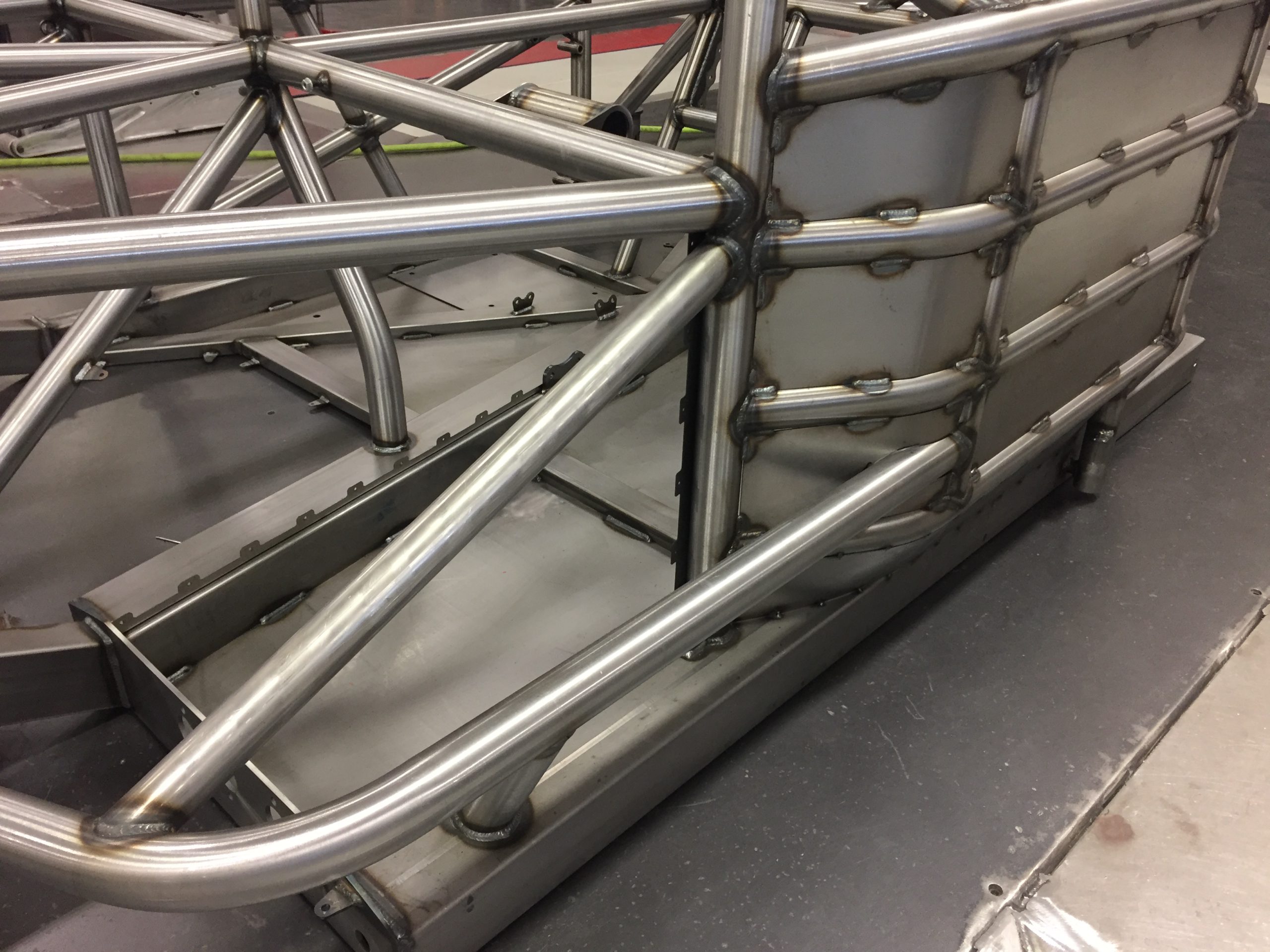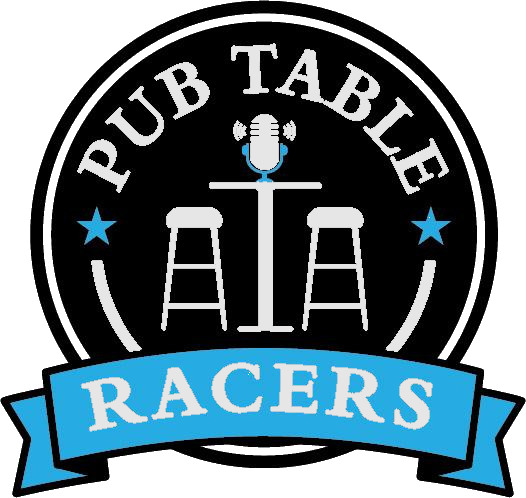CONCORD, N.C. – On-track competition is the most talked about aspect of racing on all levels. From the NASCAR ranks to dirt and asphalt tracks on the Grass Roots levels, what happens in front of fans in the stands garner the most talk and attention.
However, there is an underlying part of the sport which seems to get attention only when something goes wrong – safety.
The end of the 2020 Daytona 500 was a reminder that racing for the checkers can be quickly overlooked when a horrid wreck occurs. If Ryan Newman doesn’t end up in the outside wall, upside down and cut from the car; the talk is of the great finish to the Great American Race.
Instead, all forms of media focused on the wreck, Newman’s recovery and what safety measures saved his life. The race to the checkered flag became a secondary topic.
While what happens at the NASCAR levels is pretty much an open book with all the information available in the Internet Age. What happens on the Grass Root level for safety isn’t always known because the microscope over it isn’t as focused.
Safety improvements have, indeed, been taking place to keep racers safer.
Since Feb 18, 2001
When the loss of Dale Earnhardt took place, the sport – on all levels – stopped and did an inward review of what safety features could have been in place. The focus then shifted to what can be done to make sure the fatal results of a wreck like Earnhardt’s couldn’t happen again.
At the time, the HANS Device was available to drivers. However, usage of the restraint system to prevent basal skull fractures wasn’t mandatory. Also, many drivers were still using open-faced helmets when the 2001 NASCAR season began.
The sanctioning body immediately made both mandatory. Through the past two decades, changes to the cockpit, driver’s seat compartments, head restraints and extra bars in the roll cage have come into play.
The addition of SAFER barriers at all NASCAR tracks has reduced the risk of injury to drivers when they strike a wall. In days past, a hard hit on the unforgiving concrete caused severe injuries and cut short careers.
To date, and there have been multiple incidents that could have ended otherwise, there has been no loss of life in the Cup, Xfinity or Gander RV Outdoors Truck Series since the 2001 Daytona 500.
Short track advancements
Speaking of the SAFER Barriers, they weren’t a new aspect in racing when they started being installed at NASCAR tracks. That actually derived from the short track levels.
Two prominent Modified drivers from the Buffalo, NY area had fatal crashes (Tommy Druar in 1989, Tony Jankowiak in 1990) from impact with concrete walls.
Cars were getting faster; walls weren’t getting softer.
A local man by the name of Bill Colton got together with Dave Wopperer from a local company called Thermal Foams, Inc. in Buffalo. Colton had been involved with racing for years. He knew there had to be a way some type of energy-absorbent material could be installed to save lives and reduce injuries, and Wopperer wanted to help.
After multiple experiments, Thermal Foams produced 4’ wide x 8’ long blocks around the turns at Lancaster (NY) National Speedway. From the early 90’s right on through to today, the Expandable Polystyrene has done the job asked of them.
“Bill and Dave worked so hard to make that happen,” said Howie Markel, former Race Director at Lancaster. “Bill said he was getting tired of losing his friends because of accidents. They kept experimenting and came up with the blocks that have been keeping drivers safer at Lancaster for almost three decades now.”
Other tracks such as Oswego, Toledo, Lake Erie and Flemington Speedways soon followed suit.
When looking at the Safer Barriers of today, there is a multi-layered wedge between the concrete wall and trackside wall made of Polystyrene.
Bars in Cars
As race cars on dirt and asphalt started to get faster, the need for cockpit and roll cage changes needed to follow. The addition of extra bars on the driver’s side was one of the first innovations put in place.
There was also a need to alter how the supporting bars were changed in the car.
“We realized the bar from the front end went straight back to the cockpit,” Markel recalled. “Drivers were getting hurt, or worse, when they made contact with another car or wall head on.
“The biggest change for that was when Troyer Race Cars started making a ‘kick up bar’ about 10 inches long. It took the straight bar that went to the firewall on the driver’s side and angled it up to take away the direct hit impact.”
Today, Troyer still builds asphalt and dirt modified chassis for teams. They constantly monitor and redesign their work as needed to improve safety.
Four-time Truck Series champion and NASCAR Hall of Fame driver Ron Hornaday had his share of wrecks to go along with all the victories. From the Grass Roots levels right up on through his NASCAR career on all three premier levels, Hornaday has always worked to make motorized missiles better.
Today, he can be found building and repairing cars for dirt Late Model and Modified drivers. As a huge proponent of safety, he doesn’t let a chassis leave his shop unless its built to his high standards.
“The biggest changes I’ve seen through the past few years have been inside the cars,” Hornaday said. “The installation of fire bottles, the proper mounting of seats and use of door plates are just a few important things.
“If you want a chassis from me, you’re going to get a roll cage made of one-and-three quarter bars around the driver’s compartment. The seats will be installed with half-inch bolts to the frame. Some people bolt their seats to the sheet metal under them, that’s not going to work out to well.
“The use of six-point safety harnesses has also been a big advantage for driver protection. At-track inspections for safety features should be done throughout the year more, not just at the beginning of the season.”
Reacting instead of hoping
A prominent asphalt Late Model and Modified chassis builder is Fury Race Cars in Mooresville, N.C. Tony Eury, Jr., the Owner and GM, grew up in the sport and has experienced and seen enough to make sure safety first goes into every car his company creates.
His team has strived to come up with every enhancement possible in their chassis and total car builds. While most improvements have come after an incident, the goal is to think ahead and prevent driver injuries.
“When something does happen, we try to react as fast as we can to avoid that happening again,” Eury said. “At this year’s Snowflake Derby at Pensacola, Justin Bonnet had his leg broken when another car hit him just behind the left-front tire.
“I was personally upset because he’s the grandson of Neil Bonnet and our families have been close for decades. So, we came back to the shop and looked over every option to see what could be done.
“From that, we added another bar that goes from the roll cage driver door, crossing down by the foot compartment. It doesn’t look like much, but the goal is to offer another protection for the driver.
“One of the biggest safety enhancements we and other chassis builders have started doing is door plates and bars. The bars have been there, some of us are now adding one more and using thicker gauge (070 to 090) for the plates.”
Another enhancement has been installing a bar behind the lower part of the seat, so trailing arms can’t break free and cause injury. An important change has been securing fuel cells better so they done rupture or break loose.
“We can’t predict every situation that can take place in a wreck,” Eury said. “Sanctioning bodies and short tracks need to really take a look at safety procedures and rules for cars that race with them.
“Like I said, we try to react after we find out something. The worst thing you can do is NOT do anything. Cars are faster, drivers are feeling safer with enhanced seat containment, helmet and harness systems.
“The worst thing you can do is think everything is okay and it won’t happen to you as a driver or track promoter. Because when it does, it might be too late.”


